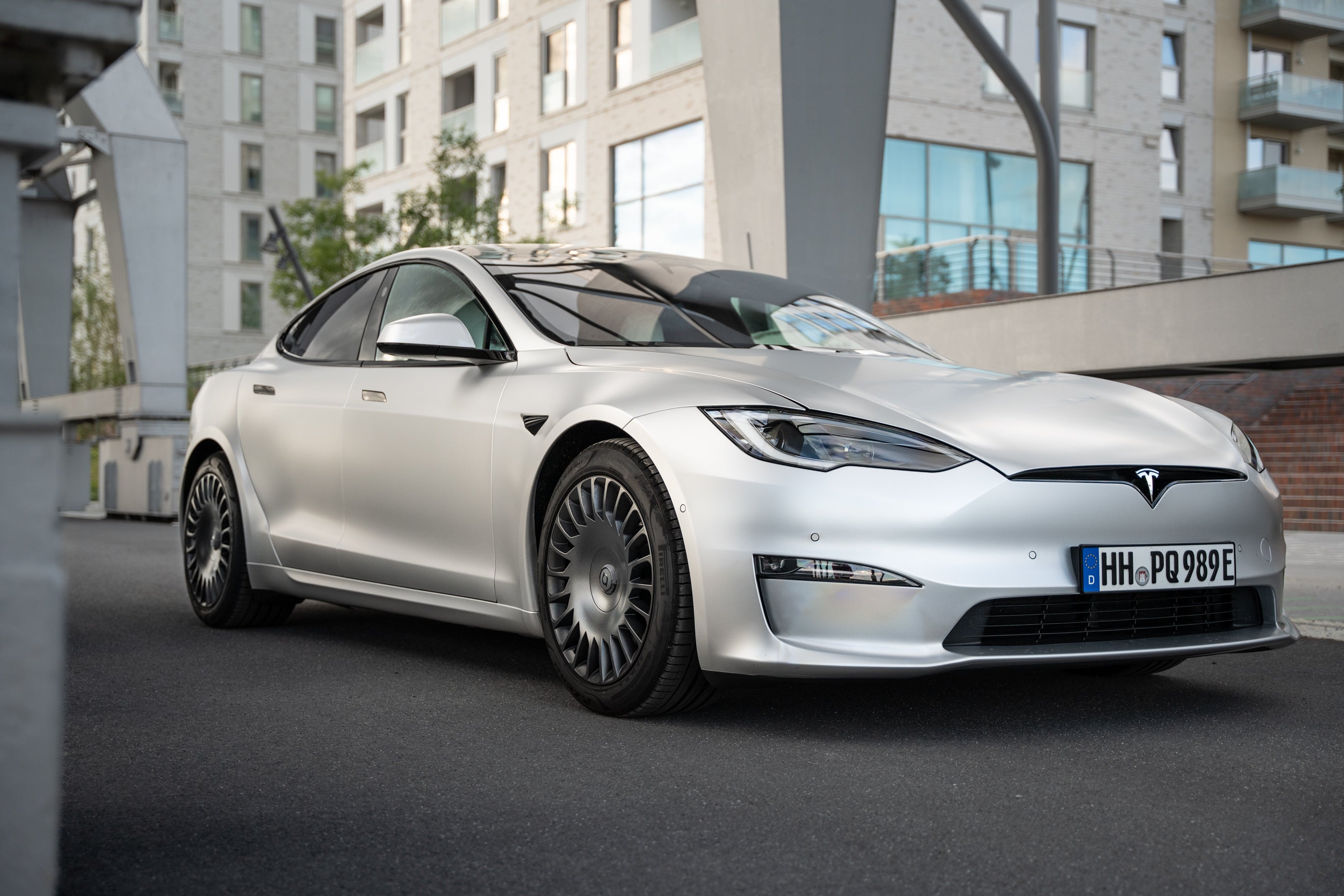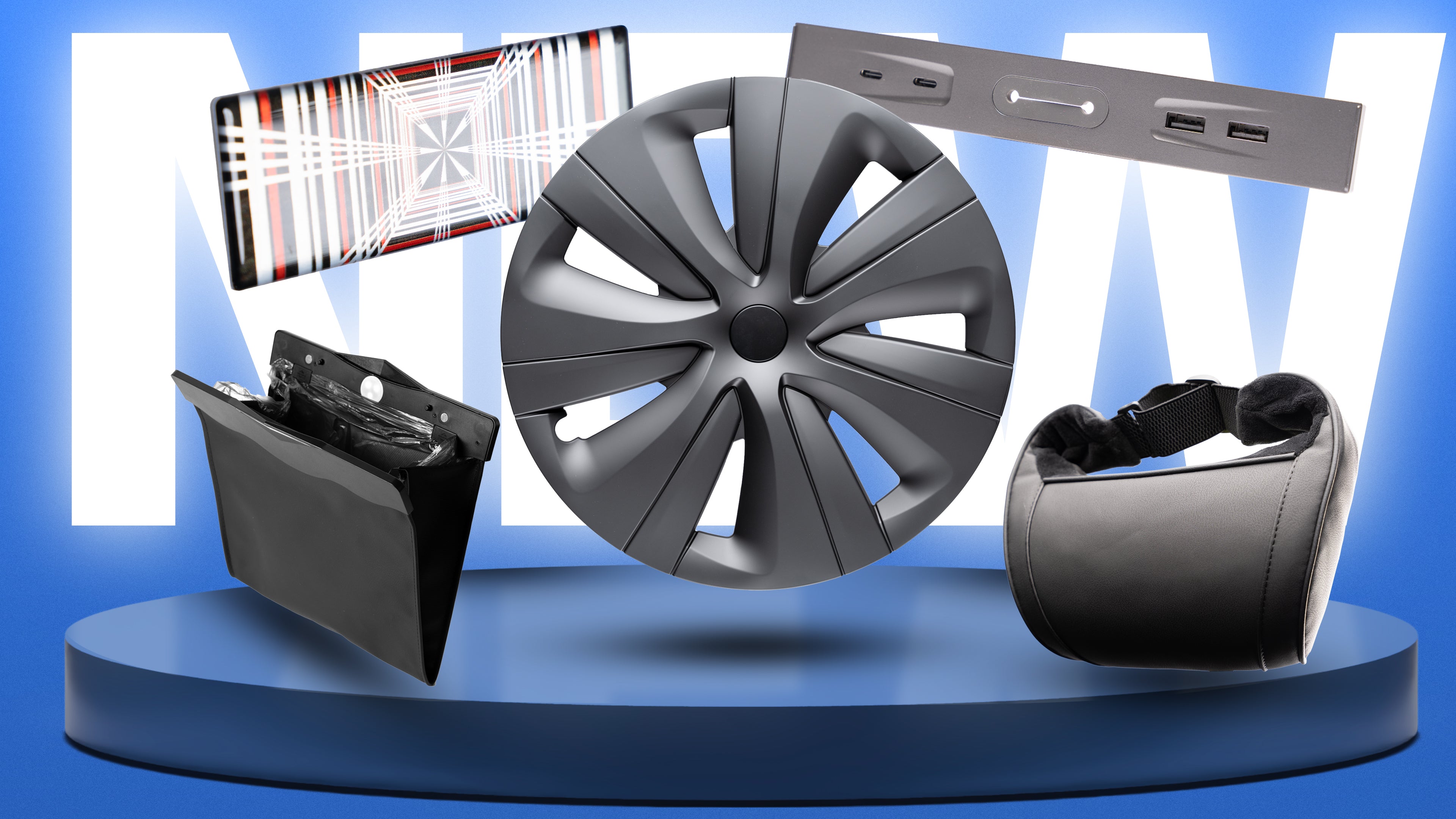The question of whether one should charge a Tesla or another electric car to 100% occupies many owners and interested parties. While some drivers use every percentage point for maximum range, experts and manufacturers often recommend not fully charging the battery all the time. In this article, we take a close look at the pros and cons of 100% charging and give you tips on how to optimally maintain your battery's lifespan.
Why not always charge to 100%?
Battery health and lifespan:
Many electric car owners have noticed that permanent full charging – especially with lithium-ion batteries – can lead to faster degradation in the long term. Tesla and other manufacturers therefore recommend usually charging the battery to about 80-90% in everyday life to extend its lifespan.
Maintaining battery capacity:
Studies show that occasional charging to 100% for longer trips is okay, but constant maximum charging can accelerate the chemical aging process of the battery. By avoiding 100% charging in everyday life, you can better preserve the usable capacity of your battery.
When is 100% charging sensible?
Long distances:
If you have a long drive ahead of you and need maximum range, it makes sense to charge the battery to 100%. Tesla offers an option in the software to adjust the charge level individually – use this function when you need full capacity.
Occasional full charges:
Occasionally charging to 100% (for example, once a week) is generally harmless as long as the battery is not parked at 100% permanently afterward. This can help support the calibration of the battery and display the remaining range more accurately.
How should you manage the charge level?
Recommended charge limits:
For daily use, it is recommended to keep the charge level between 20% and 80-90%. This practice minimizes the stress on the battery and ensures that you can use your vehicle's maximum performance for many years.
Tesla software and charging settings:
Tesla offers various settings in the vehicle software that allow you to adjust the charge level individually. Use the “Standard” option for daily use and switch to 100% when planning longer distances. Also, pay attention to environmental factors, as it may be advisable to adjust the charge level in very hot or cold temperatures to protect the battery.
Charging Behavior:
Avoid keeping the battery constantly at 100% - ideally, you charge it to 100% right before a long trip and then set off. If the Tesla is parked for an extended period, it is advisable to maintain a lower charge level to slow down the natural aging process.
Conclusion
Charging a Tesla or electric car to 100% can be sensible in certain situations - especially when you need maximum range. However, daily charging to 100% should be avoided to optimize the battery's lifespan and performance. With balanced charging behavior and the use of intelligent charging settings in your vehicle, you can benefit from a healthier battery and greater range in the long term.







































